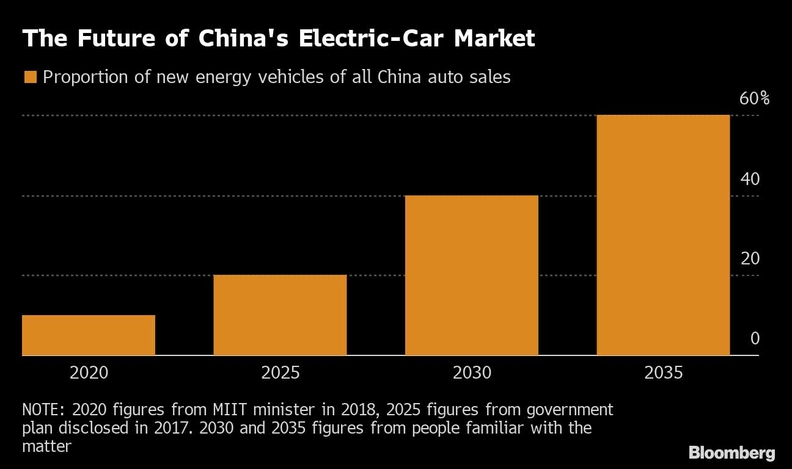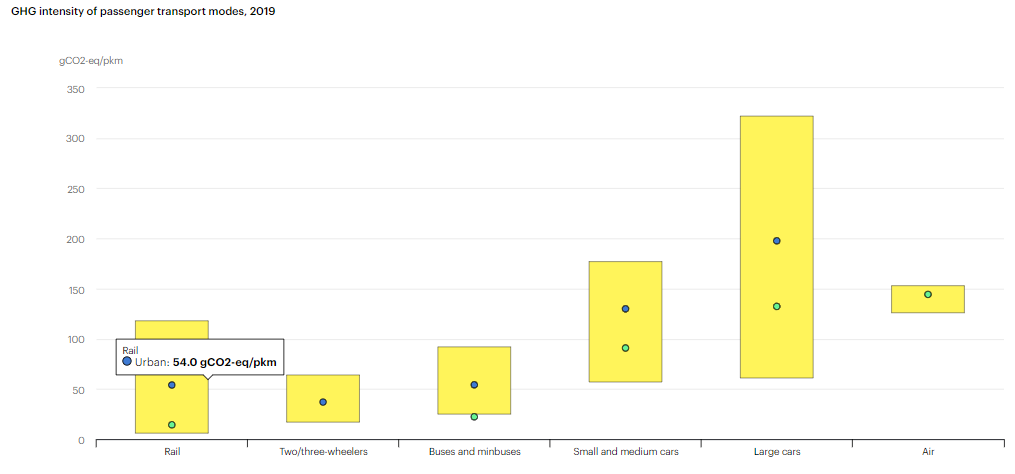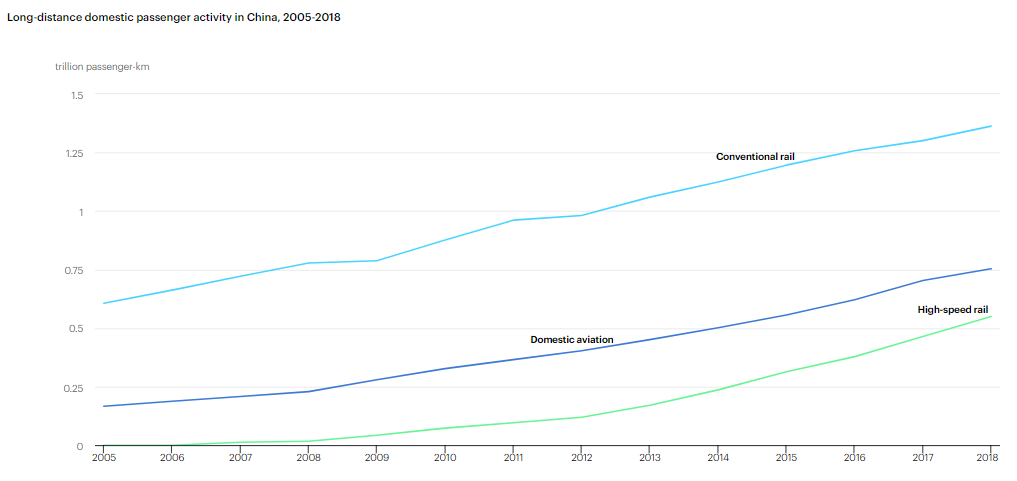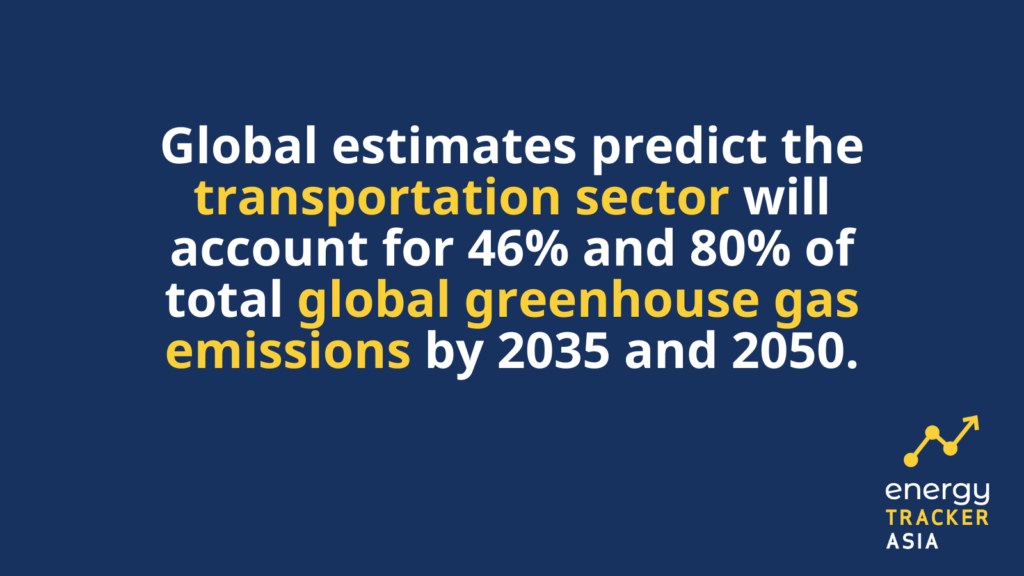Addressing Climate Change With Green Transport and Pure Electric Vehicles
Source: Dong Wenjie/Getty Images
19 October 2021 – by Eric Koons Comments (0)
Can pure electric vehicles and green transportation reduce the world’s growing transportation-related emissions?
Global estimates predict transport to account for 46% and 80% of total greenhouse gas emissions by 2035 and 2050, respectively. Asia plays a considerable role in these emissions – accounting for 19% in 2006 with a rise to 31% by 2030. Beyond this, the continent will contribute an outsized chunk.

This projected increase stems from rapid economic growth, quality of life improvements, significant migration trends and expanding car ownership rates (doubling every 5-7 years). Nevertheless, many Asian countries have committed to carbon emissions targets.
Meeting these targets will be nearly impossible unless countries address their growing transportation-related emissions.
Current Progress Tackling Transportation Emissions – Pure Electric Vehicles
Several countries have accepted this relationship and are actively working to address transportation emissions head-on.
In China, the government has implemented measures to push new car sales to 40% pure electric vehicles (EVs) by 2030. Beijing’s prodding began in 2009 when it subsidised the cost of EVs to make them more competitive with internal combustion engine (ICE) vehicles. This policy experienced limited success.

The Financial Benefit of the Pure Electric Vehicle
In 2020, the government changed its approach. It mandated that all car manufacturers were required to produce an increasing percentage of pure electric vehicles or face financial penalties. Although, studies on this policy revealed some negative impacts – including relatively expensive pure EVs compared to ICE vehicles and various costs to society.
However, the positive effects of increasing EV numbers include lower air pollution, health costs, carbon emissions and less reliance on petroleum imports.
Harnessing Mass Transit to Reduce Emissions
Another major step toward decarbonising transportation is the implementation of mass transit – namely passenger rail. Increased mass transit systems increase overall transportation efficiency, reducing emissions rates.

China, the E.U., India, Japan and Russia account for 90% of global passenger rail activity. In 2020, rail accounted for 10% of international motorised transportation. Since 2010, 34 of the 46 cities with new metro systems were Asian, and 65 opened light rail transit systems. China continues to implement high-speed rail infrastructure seeing passenger activity increasing at an annual rate of 13% in 2019 – double the rate of domestic aviation. India, as well, is acquiring the land required to deploy six high-speed rail lines, substantially reducing transport-related emissions.

Overall, rail transportation is one of the least energy and emissions-intensive modes of transport and is a reliable alternative to pure electric vehicles. It can displace emission-intensive modes of transportation like cars, trucks and aeroplanes.
Building Successful Mass Transit Projects
Throughout Asia, sustainable urban transportation planning focuses on increasing the infrastructure supply rather than reducing demand or promoting less-intensive transportation modes.
This requires buy-in from multiple stakeholders, namely policymakers and land developers, to incorporate the later approaches. Such factors include:
- population distribution
- geography
- topography
- established transportation systems
- public and private sector willingness to pay
- institutional and financial arrangements
Hong Kong’s Success in Reducing Transport Emissions: Pure Electric Cars and Expanded Mass Transit
Hong Kong is an example of effective and sustainable urban transportation planning in response to congestion and time-loss from doubling car ownership rates. The city halved vehicle ownership, increased pure electric vehicle use and significantly reduced travel times by integrating road buildings and expanded mass transit.
Effective transportation planning will be essential for Asian countries to meet their transportation needs while simultaneously reducing transportation-related emissions. Creating efficient transportation systems that displace emissions-intensive vehicles and strategies should be the primary goal for governments.
Despite initially making a transportation system with high congestion and time-loss issues, Hong Kong proved that efficient and effective planning is possible.
Throughout Asia, the stakeholder engagement plans and the transportation factors to consider will differ. However, governments must remain resilient and focus on achieving climate ambitions.

by Eric Koons
Eric is a passionate environmental advocate that believes renewable energy is a key piece in meeting the world’s growing energy demands. He received an environmental science degree from the University of California and has worked to promote environmentally and socially sustainable practices since. Eric’s expertise extends across the environmental field, yet he maintains a strong focus on renewable energy. His work has been featured by leading environmental organizations, such as World Resources Institute and Hitachi ABB Power Grids.
Read more


